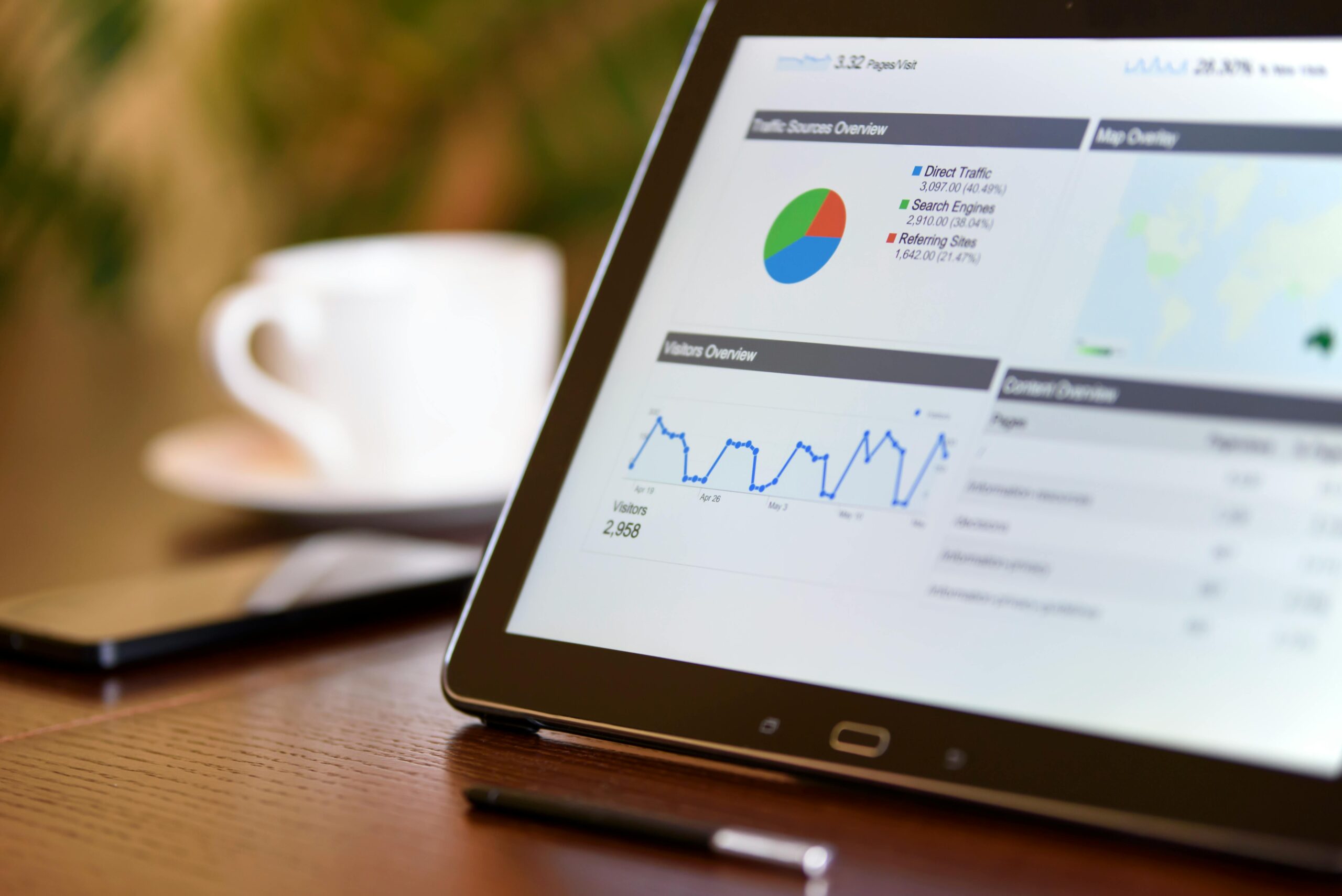Economic shifts, weather, cultural events, and more can influence brand demand, and many of these factors feel out of your control in marketing. You know what’s IN your control? Your investment in non-branded keywords.
March 2021 is the deadline for Google’s mobile-index. Learn what this means for your website and how you can prepare with helpful insights from GPO.
Sixty percent of searches are now performed on a mobile device. Narrow those searches down to the food and beverage category, and the percentage jumps to 72%.
People turn to their phones first and their computers second, making it more important than ever to ensure your brand is present when someone performs a search from their mobile device.
You already have a website, so you’re good, right? Not so fast. After Google’s mobile-index (coming March 2021), having a website won’t cut it. You need a site that’s optimized for mobile and wholly reflective of your desktop site, as Google will be creating and ranking search results based on the mobile version of content, even for listings that are shown to desktop users.
From Google’s mouth to this article: “Content that isn’t mobile-friendly will not rank as well.”
Plus, desktop-only sites will be completely dropped from the index. Images and assets that are on a desktop site will also fall out of Google’s index. Poof. Gone.
What can you do to double-check that your site is ready so you don’t lose traffic and rankings? We’ll get you there. Learn what it means to be mobile-optimized and the overall benefits.
Google explicitly recommends responsive web design for new websites, and suggests avoiding using separate mobile URLs (“m-dot”). In their experience, m.dot sites create confusion for searchers and Google crawlers.
If you’re working on an existing site, follow Google’s mobile-first indexing best practices. The guide is dense, but here’s what it boils down to:
Use PageSpeed Insights to identify ways to make web pages faster on all devices and Test My Site to improve your mobile experience. Before you dive into these tools and get “the development scaries,” know that many speed optimizations are easy. You can compress images, clean up redirects (technical SEO!), and use a cache plugin to take a big bite out of big load times.
We often hear, “Does an improvement of one or two seconds in site speed matter?” Yes. Every second counts when the average Google search session lasts just under a minute.
If the mobile-index isn’t a compelling enough reason to make sure mobile is top of mind in your organization — there are other search engines, right?! — then consider these stats:
But also, consider your customer. Mobile searches aren’t plateauing. Mobile traffic has consistently accounted for about half of all global web traffic since 2017, and is anticipated to continue growing. If customers can’t find or engage with your brand on a mobile device, then they’ll go elsewhere. Give them a reason to stay. Get on board with giving your customers the best mobile experience you possibly can. Both Google and your site visitors will reward you.
And if you need help, let us know.

Economic shifts, weather, cultural events, and more can influence brand demand, and many of these factors feel out of your control in marketing. You know what’s IN your control? Your investment in non-branded keywords.

Learn how a brain-based behavioral health center is expanding its local reach online to increase patient consultations despite a limited physical footprint.

Your seasonal content is looking a little dusty. Is it time for a quick refresh, or do you need to start from scratch?
